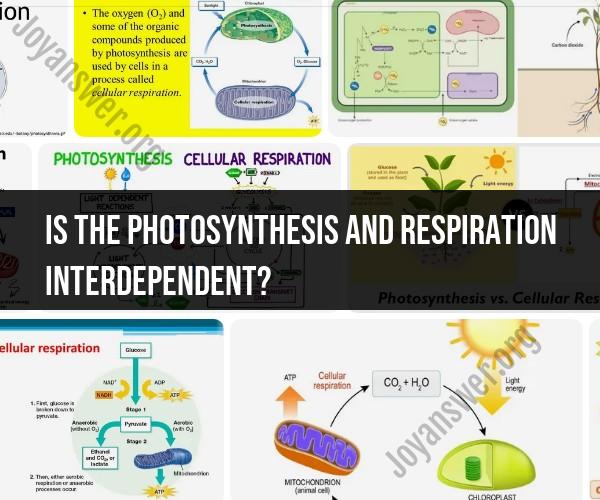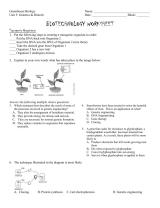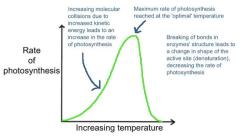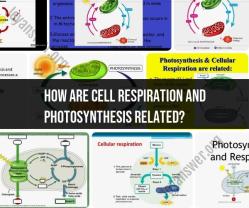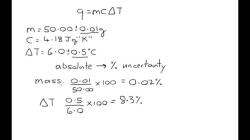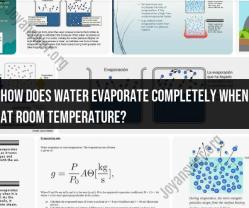Is the photosynthesis and respiration interdependent?
Yes, photosynthesis and cellular respiration are interdependent processes, and they play complementary roles in the cycling of energy and matter in living organisms, particularly in plants and animals. Here's how they are interrelated:
Photosynthesis: This process occurs in the chloroplasts of plant cells and is responsible for converting sunlight, water, and carbon dioxide into glucose (a form of stored energy) and oxygen. The equation for photosynthesis is:
6 CO2 + 6 H2O + light energy → C6H12O6 (glucose) + 6 O2
Photosynthesis captures solar energy and stores it in the form of chemical energy (glucose). This energy is essential for the growth and development of plants.
Cellular Respiration: Cellular respiration takes place in the mitochondria of both plant and animal cells. It is the process by which cells break down glucose and other organic molecules to produce adenosine triphosphate (ATP), the primary energy currency of cells. The equation for cellular respiration is the reverse of photosynthesis:
C6H12O6 (glucose) + 6 O2 → 6 CO2 + 6 H2O + ATP
Cellular respiration releases the stored chemical energy in glucose, making it available for various cellular processes, including growth, repair, and reproduction.
The interdependence between these processes can be summarized as follows:
Photosynthesis produces glucose and oxygen: During photosynthesis, plants produce glucose and release oxygen as a byproduct. This glucose serves as an energy source for both the plant itself and other organisms that consume plants or plant-based products.
Cellular respiration consumes glucose and oxygen: In cells, glucose and oxygen are used in cellular respiration to produce ATP, which is utilized for energy-requiring activities. This process occurs in all living cells, including plant cells, and is necessary for plant growth and maintenance.
Recycling of Carbon Dioxide and Oxygen: The carbon dioxide produced during cellular respiration is released into the atmosphere. Plants then use this carbon dioxide during photosynthesis to produce glucose. Conversely, the oxygen released during photosynthesis is consumed by organisms during cellular respiration.
Energy Transfer in Ecosystems: The energy captured through photosynthesis flows through ecosystems. Herbivores consume plants, carnivores eat herbivores, and so on. At each step, energy is transferred and used by organisms through cellular respiration.
This interdependence highlights the essential role of both photosynthesis and cellular respiration in sustaining life on Earth. They form a continuous cycle, known as the carbon cycle, where carbon and energy are exchanged between living organisms and the environment, ensuring the flow of energy and the recycling of matter within ecosystems.
